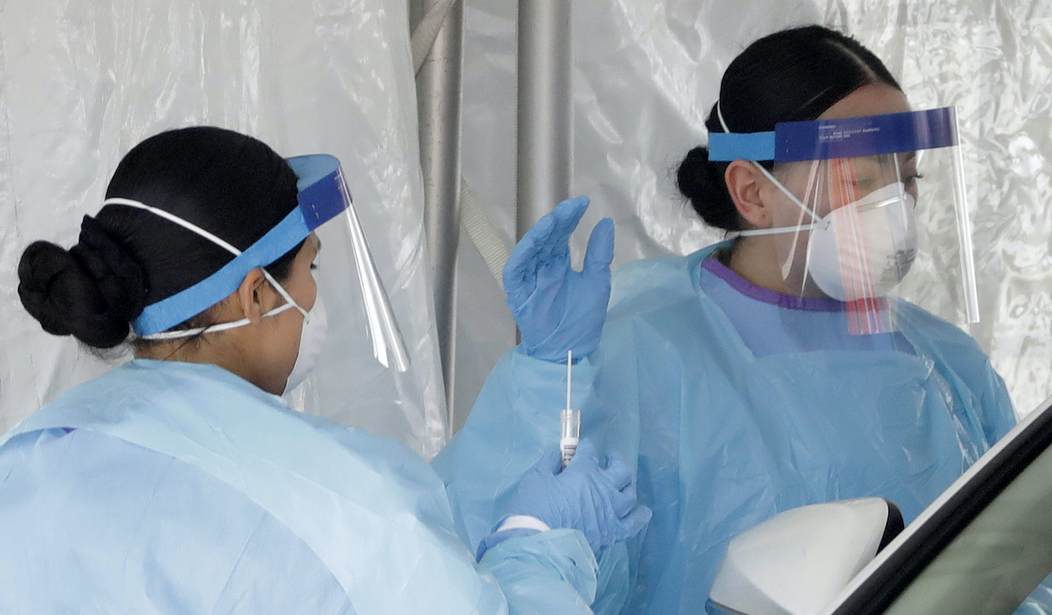One of the dynamics of the COVID-19 outbreak is the wall-to-wall reporting, discussion and analysis of everything related to the virus. This is entirely understandable given the extraordinary concerns at hand; its rapid sweep across the globe, its health toll, economic impact, and influence on life. Undoubtedly, this non-stop coverage will continue for the foreseeable future.
In addition to the way the virus has disrupted and derailed so many things for so many people – work-life balance, careers and jobs, travel and retirement – it also threatens to overshadow everything else of meaning and value. Unfortunately, this includes the upcoming anniversaries of the end of the Second World War. May 8th and August 15th mark the 75th anniversaries of the end of World War II in Europe (V-E Day) and the Pacific (V-J Day), respectively. Along the way, several other dates on the calendar will pass, each one symbolizing the valor of Americans at war as well as the horror of that expansive conflict – from the invasion of Okinawa on April 1st, to the liberation of the death camps, to the atomic bombings of Hiroshima and Nagasaki on August 6th and August 9th.
While the importance of recognizing these anniversaries may pale in comparison to the day-to-day needs and stress impacting real Americans, taking a few moments to remember the contributions of our World War II generation is important for a number of reasons. First off, this will be the last major anniversary year to appreciate the history of the war while the generation who fought it remains alive. Veterans of WWII and civilians who contributed to the war effort are passing away in great numbers every day – and the chances to engage with them, give thanks for their service, and understand their experiences are fading fast.
Most importantly, taking a few moments to reflect on the war and its conclusion may be quite timely now, particularly as the nation endures the anxiety and the agony brought about by the coronavirus. In fact, many Americans could probably take solace and confidence in the example set by the Word War II generation, as well as those too young to serve in uniform but who lived through that time. These were a hardy people, who not only lived through the Great Depression and the Dust Bowl, but who then sacrificed for nearly four long, costly and bloody years to defeat the appalling evil of the Axis Powers. And now with the rest of us, they are having to endure yet another trying ordeal.
Recommended
They are part of a generation that, despite enduring such hardship for so long, never doubted the resolve of America and who ultimately rallied to fight and win. It was also generation who had to make do – and to do without. Remember that during the war, the federal government instituted a nationwide rationing program for nearly everything in common use – from sugar, lard, cheese, and butter, to gasoline, metals, rubber, coal, and silk. Americans who lived during World War II – and who are still alive today – can certainly tell us about life without the most basic of goods. In fact, my father has retained his government-issued ration book with several sheets of unused stamps as a reminder of what life was like when one simply couldn’t obtain every convenience or commodity of modern life.
In recognizing these upcoming anniversaries, we can also take comfort in the fact that America can answer any challenge thrown our way. During the war, America went from a largely isolationist nation with a vastly underequipped, undermanned and undertrained military to an indomitable superpower in a half-decade. The numbers of what we mass-produced are simply staggering. For example, at its peak monthly production in August 1944, the Willow Run bomber factory in Ypsilanti, Michigan produced 428 B-24 Liberator bombers – and for a two day period between April 24 and April 26, 1944, Willow Run completed 100 bombers; in other words, Willow Run was building two airplanes every hour for those two days. The story of the Liberty ships is equally astounding; at peak production, the average time it took to complete an entire ship from the keel up was 42 days, slightly over a month to build an entire ship! And the numbers of everything else – tanks, trucks, jeeps, fieldpieces, submarines, surface ships, landing craft, airplanes, ordnance and ammo, uniforms, firearms and other materiel – nearly defy belief.
The real power of a free people and a free economy is the unconstrained ability to innovate, to re-imagine and to re-create – and it was this freedom that fundamentally allowed America to quickly retool for the war effort. Our inherent cultural ability to flex and adjust – to adapt, to improvise and overcome – is the real backbone of resilience, and it is what we are witnessing once again to address the pandemic and push on with life. It is part of what makes us exceptional.
America has faced an existentially threatening crisis before and it became our finest hour. And in remembering and celebrating the end of WWII, we can learn and take heart from the generation who saved the world from global tyranny. They’ve shown us the way – and with fortitude, patience, selflessness, and community, we can get through anything.
So, over the course of the next several weeks, as we self-quarantine and cope with a difficult new way of life, when time for escape from the bad news permits – take a moment to observe the 75th anniversaries of WWII’s end, and learn from the last of these tough and indefatigable people. Read their histories, watch their interviews, listen to their stories, appreciate their accomplishments and remember their sacrifice.
For our own inspiration, context and strength, it would be time well-spent.
Connor Martin is a former active duty US Marine, and a security policy analyst and defense consultant in Washington, D.C.



















Join the conversation as a VIP Member